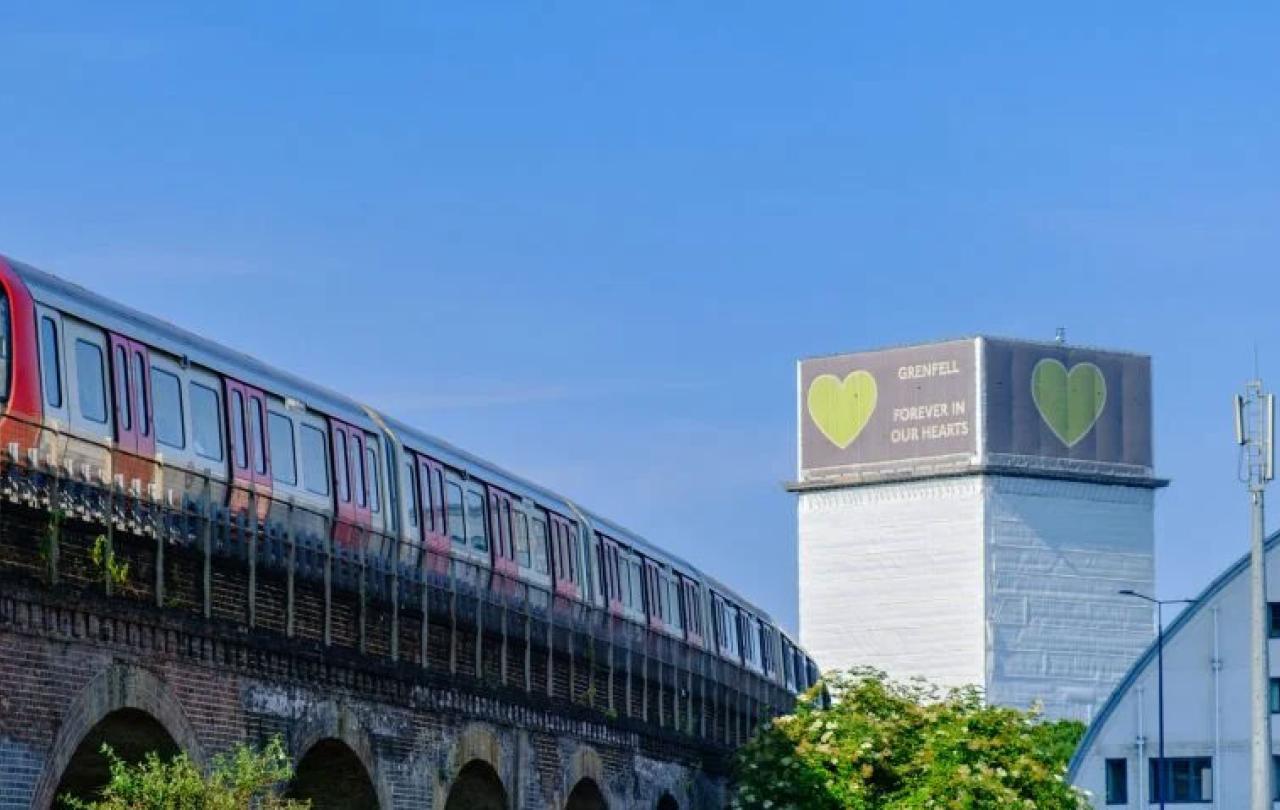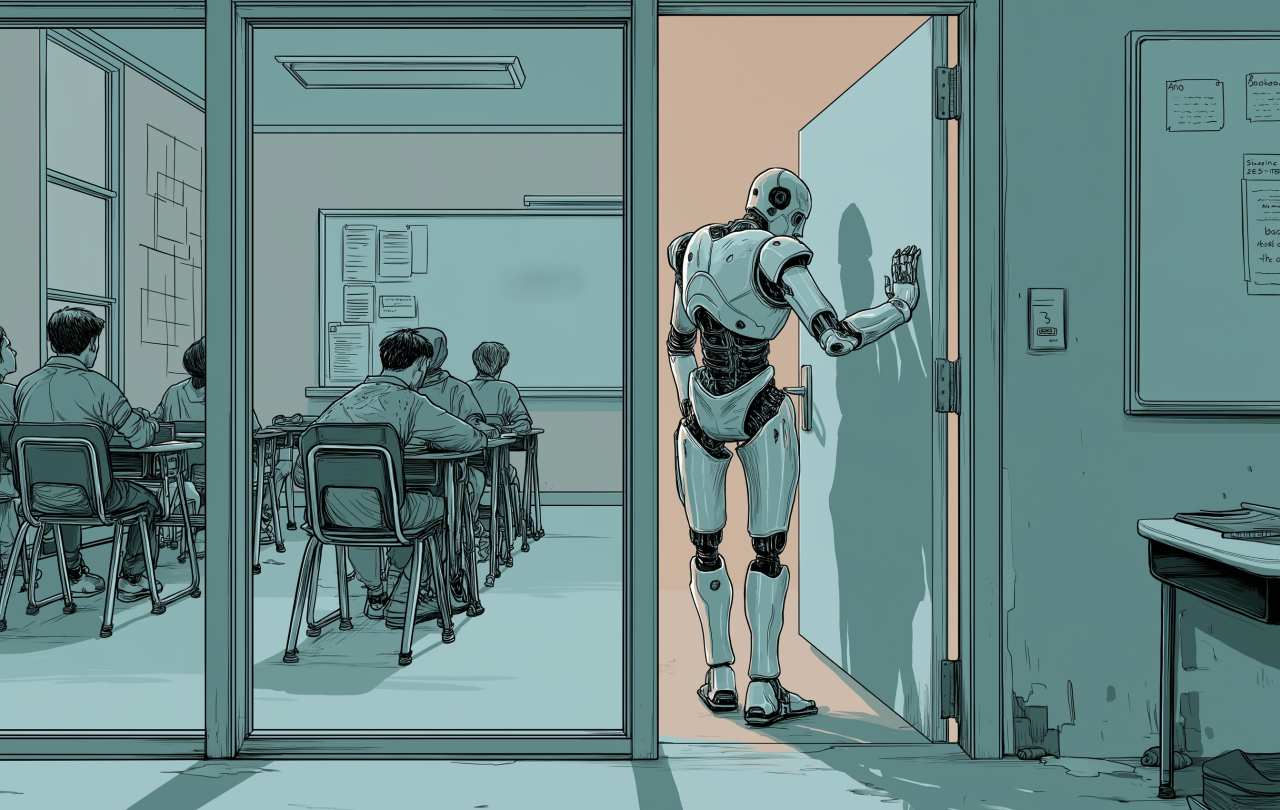
I remember standing at the base of Grenfell Tower on the morning of the 14th June 2017, talking with firefighters, gathering clergy to act as emergency volunteers, praying with evacuees from the surrounding blocks, as the building still smouldered. At the time the question on everyone’s lips was: how could something like this happen in sophisticated twenty-first century Britain?
Now we know.
In one sense the Public Inquiry into the Grenfell tower fire told us nothing new. Few people who have followed the Inquiry over the last six years will have been surprised by its conclusions. What is new is to see the dreadful catalogue of ‘incompetence dishonesty and greed’ laid out in excoriating detail for all to see.
So what should happen now? At least six things must be on the agenda:
-
Combustible cladding on remaining buildings around the country should be removed as soon as possible. Government estimates suggest there are 4,600 buildings around the country with unsafe cladding. Less than one third of them have had their remediation completed, and work is yet to start on half of them. And, astonishing as it may sound, this is now more than seven years after Grenfell. Cladding that is illegal on new buildings can still remain on existing ones. Developers and owners who are responsible for this state of affairs should be made to pay for the remediation rather than passing those costs on to leaseholders, or delaying remediation for technical and bureaucratic reasons. Institutional resistance to this, as outlined recently by Michael Gove, someone who from my dealing with him on Grenfell, was one of the better politicians to deal with this issue, has to be overcome with urgency.
-
Prosecution of those who have been identified in the inquiry as bearing responsibility for the fire should also be brought as soon as possible. The police investigation suggests that it will be a number of years before court cases take place. The victims of this tragedy have already had to wait seven long years and now face the prospect of another three or even more years until justice is served. That is too long.
-
Those named and shamed in the report should examine their own hearts. Some remorse and apology has been evident from some, but not enough. Many still deny responsibility despite seven years of evidence-gathering. This is not a matter of revenge, but an indispensable step towards justice for everyone. Those named have presumably carried a burden of guilt over these past years. The Christian doctrine of repentance, confession and absolution tells us that there is a relief in finally admitting culpability, bearing the penalty, and finally, once all this has happened, receiving a measure of absolution.
We might look back on Grenfell as a turning point in our life together: a fitting memorial for those who tragically died on that terrible night.
-
The companies involved often have big pockets and the bereaved and survivors are ordinary people without the resources to pay expensive legal fees. The government should set aside a sum of money to enable victims, if they wish, to bring a civil case against those accused in the report. Arguably this should have happened many years before to speed up the process of justice.
-
A wider debate needs to take place in our society as to how we place love for neighbour at the heart of national life. A libertarian individualism which focusses on personal fulfilment and a view of freedom as doing what we like as long as we don’t harm others, rather than freedom to do the good has led us to this point. What would it mean in company law, for example, for each business or institution to have to explain how it is seeking the genuine welfare of its staff, clients and customers, not as an add on in their ESG agenda, but as the primary purpose of the organisation?
-
We need a spiritual renewal. Toleration rather than persecution of the neighbour was a good legacy of the Enlightenment, but it is not enough to build a well-functioning society. We are commanded not just to tolerate our neighbours but to love them. And this only be justified if my neighbour has ultimate transcendent value. The new atheism was an act of cultural vandalism, undermining faith in God, an objective basis for each human life, and having nothing to replace it with. As Nick Cave recently put it: “People need meaning. And secular society has not come up with the goods.” This is why religious traditions including Christianity have tended to link love for God to love for neighbour. What that spiritual renewal looks like is hard to tell, and yet we have perhaps seen a stirring of it in recent times.
If something approaching those six things happened, then we might look back on Grenfell as a turning point in our life together: a fitting memorial for those who tragically died on that terrible night.





